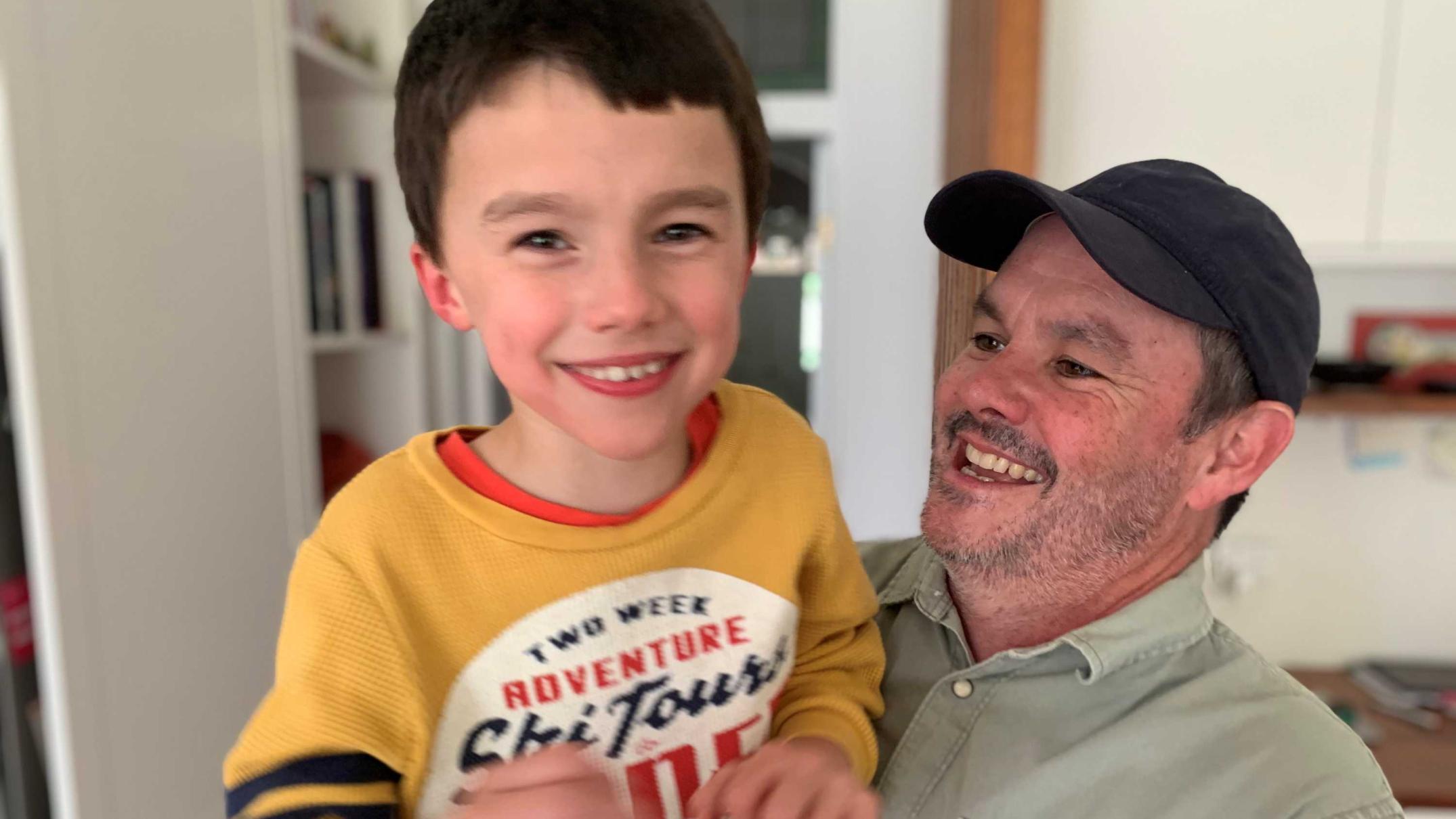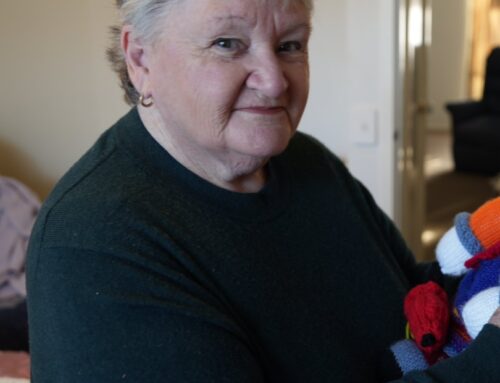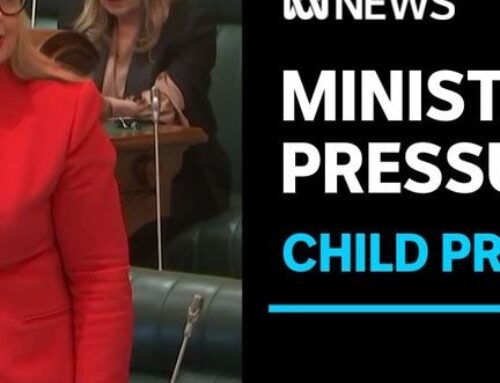Ever since seven-year-old Fletcher Halpin was born, his family has been searching for a diagnosis to explain his rare combination of symptoms.
Key points:
- Fletcher’s family has been seeking an explanation for his symptoms for years
- He has a disease only 54 others in the world are known to have
- A genetic test recently funded through Medicare enabled the diagnosis
He has a visual impairment, developmental delay, a mild intellectual disability and an intense love of music.
The answer came just a fortnight ago.
Fletcher was diagnosed with an ultra-rare disease, only discovered in 2014.
Just 54 people in the world are known to have Bosch Boonstra Schaaf Optic Atrophy Syndrome (BBSOAS).
Fletcher’s parents, Kellie and John Halpin, describe Fletcher as “number 55”.
“I’d written down some notes and said to Kellie, these are the things that people with this syndrome have,” Mr Halpin said.
“I read them out and she said, ‘Well, that’s Fletcher! That describes him perfectly!'”
Apart from causing optic atrophy and learning difficulties, all children diagnosed with BBSOAS also display a passionate love of music.
Both Kellie and John described receiving the diagnosis as a “relief”.
“I feel calm. I’ve really got a sense of direction now, I know where we’re going in the future,” Mrs Halpin said.
BBSOAS does not cause progressive deterioration, so while Fletcher will never recover from the syndrome, he will be able to access therapies to ensure a good quality of life.
Genetic test provides answers
Fletcher’s diagnosis was made possible through a genetic test called a ‘trio exome’, which has only been around for about a decade and until recently cost $5,000.
“In May last year, for the first time ever, the federal government, through Medicare, funded exomes for children with conditions like Fletcher’s,” said Christopher Barnett, Fletcher’s doctor.
Associate Professor Barnett is the head of the Paediatrics and Reproductive Genetics Unit at Adelaide’s Women’s and Children’s Hospital, where the exome testing is being offered.
“Genes are like books,” Associate Professor Barnett said.
“That error explains the genetic disorder.”
Now that the cost of the test is covered by Medicare, Associate Professor Barnett is optimistic dozens of families on a “diagnostic odyssey” will find the answers they seek.
“That test now enables us to find an answer in 30 to 40 per cent of children who present in a similar way to Fletcher,” he said.
‘It’s been quite lonely’
Mrs Halpin is hopeful that as genetic testing becomes more accessible, Fletcher will find another person to share his BBSOAS journey with.
“If there’s another little tacker out there in 20 years’ time, then perhaps they can connect and catch up.”
Associate Professor Barnett said he has put a call out to his colleagues interstate and in New Zealand, with four families responding.
“It’s an incredibly powerful thing for a family to know that they’re not alone,” he said.
As for Fletcher — his mum says he’s unphased by the new diagnosis.
“He knows he’s different from everyone … but the main thing is Fletcher is happy,” Mrs Halpin said.





